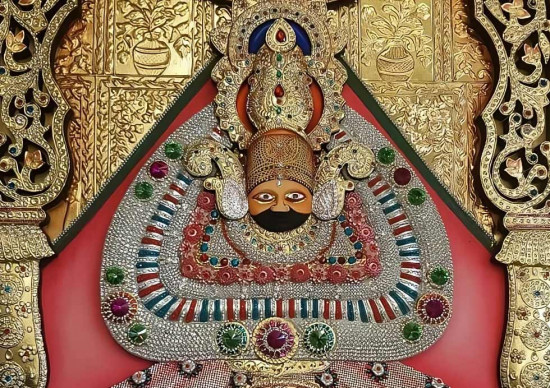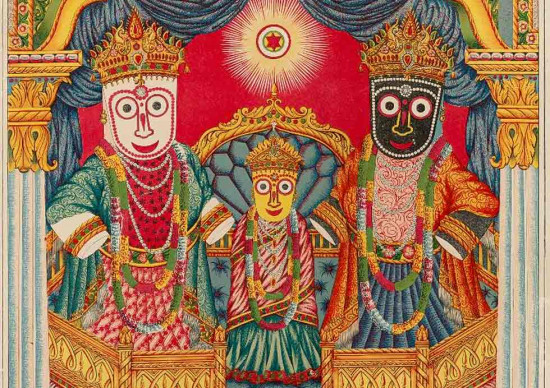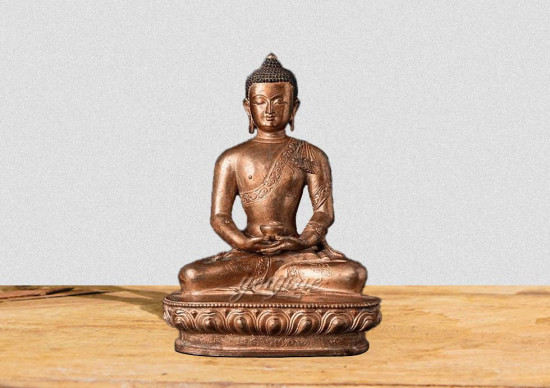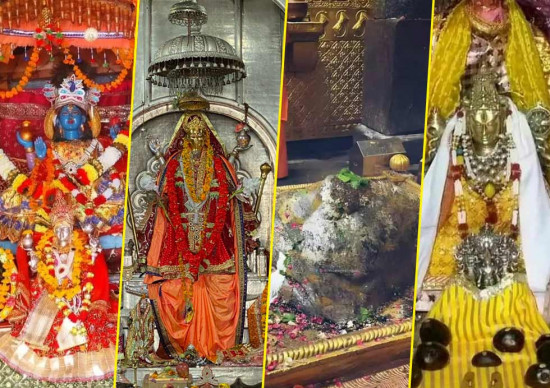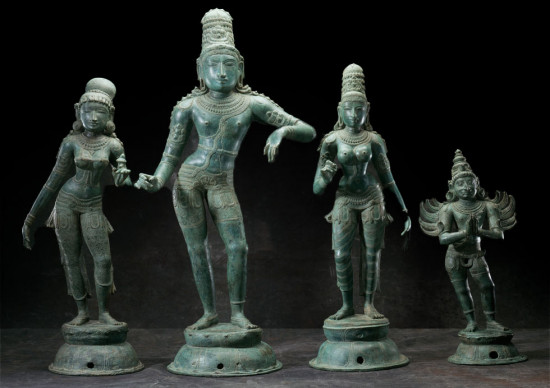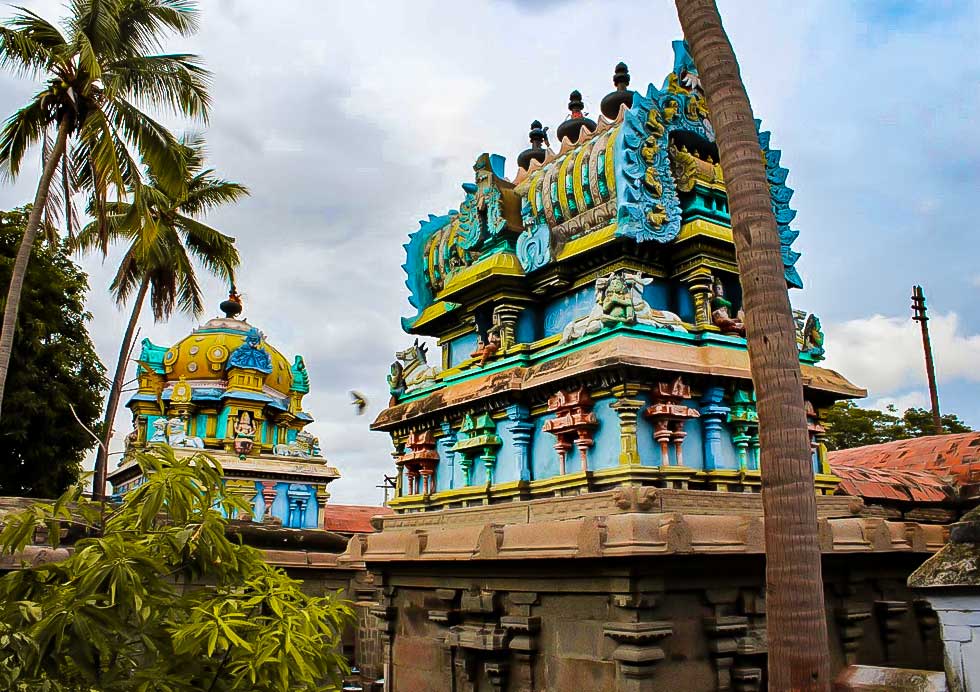
Adorned with intricate carvings and towering gopurams, Uthamar Kovil mesmerizes visitors with its Dravidian architectural splendor. The temple’s sanctum, dedicated to Lord Vishnu as Bhikshandar, is a spiritual focal point that resonates with the echoes of ancient rituals. As pilgrims traverse the expansive courtyards, they immerse themselves in a journey through time, connecting with the enduring legacy of devotion that has shaped the cultural fabric of Tamil Nadu. Uthamar Kovil not only symbolizes the architectural prowess of the Chola dynasty but also stands as a sacred haven where the past and present seamlessly converge.
Legends of Uthamar Kovil
In the sacred precincts of Uthamar Kovil, a captivating saga unfolds, rooted in the complexities of divine relationships and the enduring power of devotion. This ancient temple, also known as Karambanur, holds within its stones the echoes of creation, penance, and the benevolence of gods.
The narrative begins with the five-headed Brahma, the creator of the earthly realm, and his celestial counterpart, Lord Shiva, also adorned with five heads. The tale takes an unexpected turn when the chaste and ever-devoted Goddess Parvati, casting her glance downward, confuses Brahma for her husband Shiva. In a moment of innocent error, she offers flowers meant for Shiva at the feet of Brahma.
The narrative begins with the five-headed Brahma, the creator of the earthly realm, and his celestial counterpart, Lord Shiva, also adorned with five heads. The tale takes an unexpected turn when the chaste and ever-devoted Goddess Parvati, casting her glance downward, confuses Brahma for her husband Shiva. In a moment of innocent error, she offers flowers meant for Shiva at the feet of Brahma.
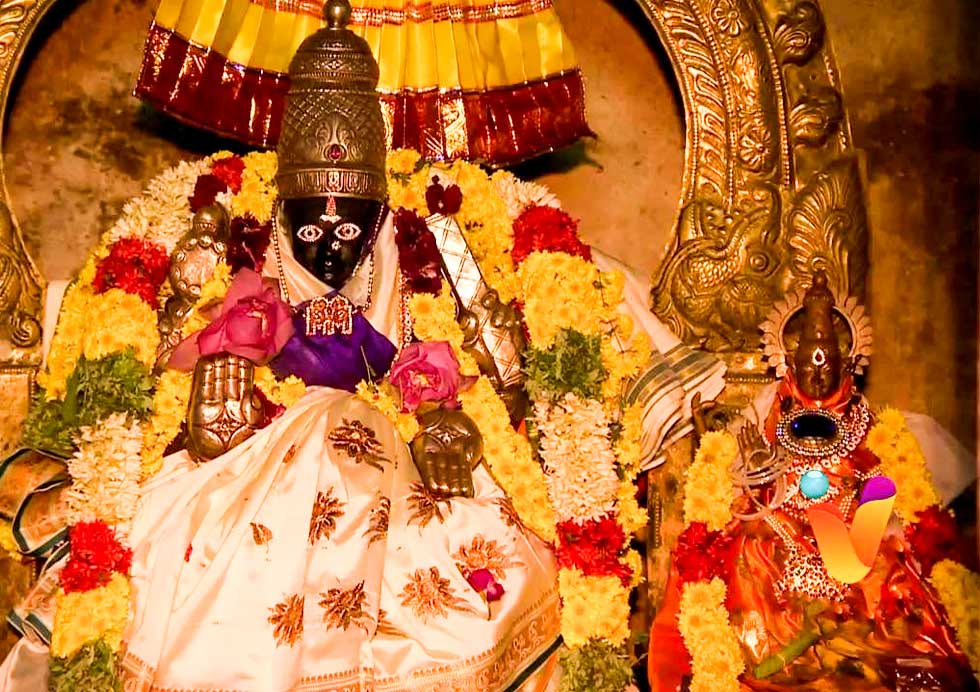
Infuriated by this misunderstanding and determined to prevent a recurrence, Shiva takes decisive action. One of Brahma’s heads is severed, leading to the transformation of Panchmukha Brahma into Chaturmukha Brahma. However, the consequences unfold further, as the skull of the severed head stubbornly clings to Shiva’s hand, giving rise to the cosmic dilemma known as “Brahmahatya dosha.”
Undeterred, Shiva continues his daily practice of uncha vrutti, a Vedic tradition of seeking alms from door to door. Yet, the skull consumes all the food offered. The divine play intensifies, and Shiva, seeking a resolution, turns to Lord Purushottama, an incarnation of Vishnu. Alongside His consort Sri Mahalakshmi, Lord Purushottama offers a compassionate solution.
In a moment of divine grace, Mahalakshmi, also known as Poornavalli, personally offers food to Shiva, filling the bowl to abundance. Shiva, recognizing the greatness of Mahalakshmi as the universal Mother, seeks moksha. Mahalakshmi directs Shiva to Thirukandiyur, where Lord Vishnu can grant liberation.
The celestial drama extends to the time when Sri Ramanujacharya, in his treatise on surrender to the Lord, pays obeisance first to Mother Mahalakshmi. Her compassion, akin to that of a mother for her children, is acknowledged as superior even to the Supreme Lord.
Bhrigu Muni’s curse, stripping Brahma of worship at his temples, becomes a pivotal element in the story. Overwhelmed by concern, Brahma descends to Earth, performing austerities on the banks of the Kollidam River. In a divine test, Lord Purushottama assumes the form of a kadamba tree. Immersed in worship, Brahma forgets the initial motive of his penance, showcasing pure devotional service.
Many ages later, Maharaja Janaka, conducting a yagna on the banks of the Kollidam, faces an unexpected obstacle—a dog consumes the rice meant for offerings. Seeking purification, Janaka Maharaja worships Lord Purushottama in the kadamba tree. This act leads to the establishment of a grand temple complex, including shrines dedicated to Brahma.
Uthamar Kovil boasts unique features. It stands as the only divya desam, apart from Thirunavai in Kerala, where Mahalakshmi is worshipped in a standing posture. This representation symbolizes her role in bestowing devotion upon Shiva. Additionally, the temple is distinctive for having no doors, allowing devotees to worship the Lord twenty-four hours a day.
The name Kathambanur, derived from Lord Vishnu appearing as a kadamba tree, transforms into Karambanur. Mentioned in the works of Thirumangai Alwar, one of the twelve Alwar saints of South India, this temple is commonly known as Uthamar Kovil, paying homage to the Lord as Purushottama.
Thus, the tale of Uthamar Kovil unfolds as a harmonious blend of celestial events, divine interventions, and unwavering devotion—a timeless narrative etched in the stones of this sacred temple.
The worship of the divine trinity at Uthamar Kovil embodies the cosmic harmony and interconnectedness of the Hindu pantheon. Each deity’s form encapsulates a unique aspect of the divine play, symbolizing creation, preservation, and dissolution. Devotees, guided by these narratives, find solace and spiritual fulfillment in the harmonious worship of Brahma, Vishnu, and Shiva at this revered temple.
Undeterred, Shiva continues his daily practice of uncha vrutti, a Vedic tradition of seeking alms from door to door. Yet, the skull consumes all the food offered. The divine play intensifies, and Shiva, seeking a resolution, turns to Lord Purushottama, an incarnation of Vishnu. Alongside His consort Sri Mahalakshmi, Lord Purushottama offers a compassionate solution.
In a moment of divine grace, Mahalakshmi, also known as Poornavalli, personally offers food to Shiva, filling the bowl to abundance. Shiva, recognizing the greatness of Mahalakshmi as the universal Mother, seeks moksha. Mahalakshmi directs Shiva to Thirukandiyur, where Lord Vishnu can grant liberation.
The celestial drama extends to the time when Sri Ramanujacharya, in his treatise on surrender to the Lord, pays obeisance first to Mother Mahalakshmi. Her compassion, akin to that of a mother for her children, is acknowledged as superior even to the Supreme Lord.
Bhrigu Muni’s curse, stripping Brahma of worship at his temples, becomes a pivotal element in the story. Overwhelmed by concern, Brahma descends to Earth, performing austerities on the banks of the Kollidam River. In a divine test, Lord Purushottama assumes the form of a kadamba tree. Immersed in worship, Brahma forgets the initial motive of his penance, showcasing pure devotional service.
Many ages later, Maharaja Janaka, conducting a yagna on the banks of the Kollidam, faces an unexpected obstacle—a dog consumes the rice meant for offerings. Seeking purification, Janaka Maharaja worships Lord Purushottama in the kadamba tree. This act leads to the establishment of a grand temple complex, including shrines dedicated to Brahma.
Uthamar Kovil boasts unique features. It stands as the only divya desam, apart from Thirunavai in Kerala, where Mahalakshmi is worshipped in a standing posture. This representation symbolizes her role in bestowing devotion upon Shiva. Additionally, the temple is distinctive for having no doors, allowing devotees to worship the Lord twenty-four hours a day.
The name Kathambanur, derived from Lord Vishnu appearing as a kadamba tree, transforms into Karambanur. Mentioned in the works of Thirumangai Alwar, one of the twelve Alwar saints of South India, this temple is commonly known as Uthamar Kovil, paying homage to the Lord as Purushottama.
Thus, the tale of Uthamar Kovil unfolds as a harmonious blend of celestial events, divine interventions, and unwavering devotion—a timeless narrative etched in the stones of this sacred temple.
The worship of the divine trinity at Uthamar Kovil embodies the cosmic harmony and interconnectedness of the Hindu pantheon. Each deity’s form encapsulates a unique aspect of the divine play, symbolizing creation, preservation, and dissolution. Devotees, guided by these narratives, find solace and spiritual fulfillment in the harmonious worship of Brahma, Vishnu, and Shiva at this revered temple.
The Timeless Saga of Uthamar Kovil
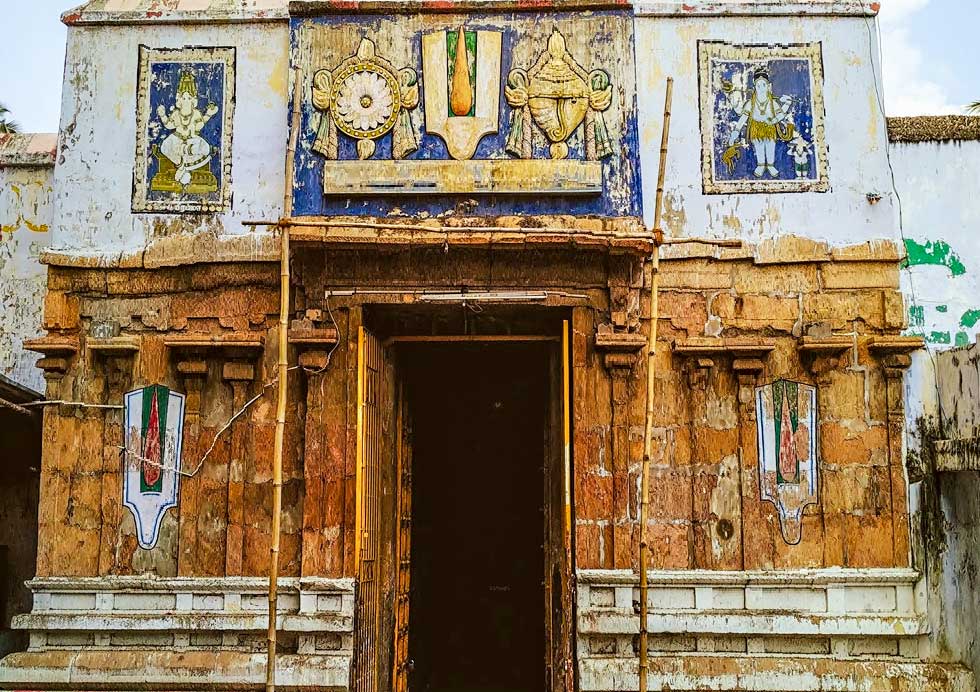
Uthamar Kovil, also known as Thirukkarambanoor, stands as a captivating testament to the rich history and cultural significance of Tamil Nadu, India. This architectural marvel showcases the intricate carvings, towering gopurams, and expansive courtyards characteristic of the Dravidian style. Dating back centuries, its origins trace to the reign of Rajendra Chola I, a time when Chola craftsmen, bathed in the golden glow of the morning sun, tirelessly etched stories of gods and goddesses onto stone walls.
At the heart of this divine sanctuary lies the sanctum sanctorum, housing the deity Bhikshandar, a compassionate form of Lord Vishnu. The vimana, or tower above the sanctum, serves as a canvas adorned with detailed sculptures and inscriptions, narrating tales of history and Chola patronage. The temple’s architectural grandeur extends to a thousand-pillared hall, each pillar a masterpiece adorned with sculptures depicting episodes from Hindu scripture and the lives of the Alvars.
In the heart of Uthamar Kovil, time seems to stand still. Pilgrims traverse the same path their ancestors trod, their footsteps echoing in the corridors of history. The annual festivals become a riot of colors and sounds, with classical dancers bringing to life the stories carved in stone. Beyond its awe-inspiring architecture, Uthamar Kovil holds deep spiritual significance. Devotees embark on pilgrimages, seeking the blessings of Bhikshandar for a bountiful harvest, a healthy family, or simply, peace of mind.
As the years pass, Uthamar Kovil weathers the storms of time. Nature leaves its mark, occasional invaders test the temple’s resilience, yet the spirit of Uthamar Kovil endures. Conservationists and historians join hands to preserve this cultural gem, recognizing its importance not just as a religious site but as a bridge between the past and the present. The temple stands tall, echoing with the whispers of centuries. It isn’t just a temple; it is a storyteller, narrating tales of devotion, artistry, and the enduring spirit of a community bound by faith. As the sun sets behind the towering gopurams, the temple embraces the night, ready to welcome a new dawn and another chapter in its timeless saga.
At the heart of this divine sanctuary lies the sanctum sanctorum, housing the deity Bhikshandar, a compassionate form of Lord Vishnu. The vimana, or tower above the sanctum, serves as a canvas adorned with detailed sculptures and inscriptions, narrating tales of history and Chola patronage. The temple’s architectural grandeur extends to a thousand-pillared hall, each pillar a masterpiece adorned with sculptures depicting episodes from Hindu scripture and the lives of the Alvars.
In the heart of Uthamar Kovil, time seems to stand still. Pilgrims traverse the same path their ancestors trod, their footsteps echoing in the corridors of history. The annual festivals become a riot of colors and sounds, with classical dancers bringing to life the stories carved in stone. Beyond its awe-inspiring architecture, Uthamar Kovil holds deep spiritual significance. Devotees embark on pilgrimages, seeking the blessings of Bhikshandar for a bountiful harvest, a healthy family, or simply, peace of mind.
As the years pass, Uthamar Kovil weathers the storms of time. Nature leaves its mark, occasional invaders test the temple’s resilience, yet the spirit of Uthamar Kovil endures. Conservationists and historians join hands to preserve this cultural gem, recognizing its importance not just as a religious site but as a bridge between the past and the present. The temple stands tall, echoing with the whispers of centuries. It isn’t just a temple; it is a storyteller, narrating tales of devotion, artistry, and the enduring spirit of a community bound by faith. As the sun sets behind the towering gopurams, the temple embraces the night, ready to welcome a new dawn and another chapter in its timeless saga.
Religious Significance
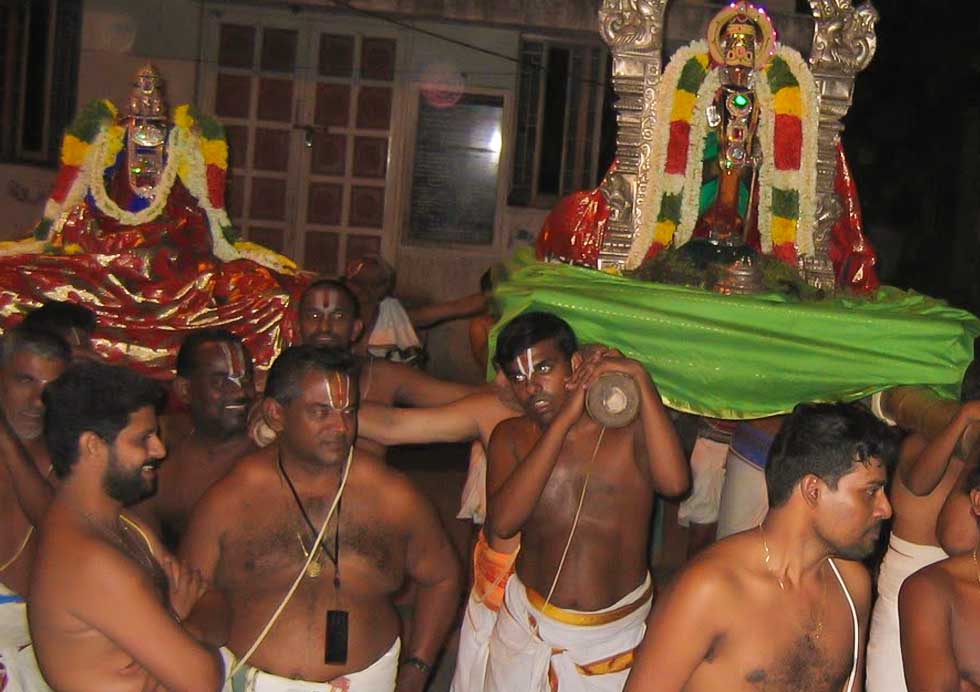
Uthamar Kovil holds immense religious significance for devotees. The deity, Bhikshandar, is revered for his compassionate nature, symbolizing divine mercy. The temple follows the Vaishnavism tradition, and festivals like Brahmotsavam and Vaikunta Ekadashi attract pilgrims from far and wide. The rituals and ceremonies performed here adhere to ancient traditions, fostering a sense of continuity with the past.
Cultural Impact
Beyond its religious importance, Uthamar Kovil has contributed significantly to Tamil Nadu’s cultural landscape. The temple’s annual festivals showcase classical dance and music performances, bringing together artists and enthusiasts. The intricate sculptures and artwork also serve as a visual chronicle of the region’s cultural evolution.
Preservation Efforts
Over the centuries, Uthamar Kovil has weathered the passage of time, facing challenges such as natural decay and occasional invasions. However, concerted efforts by governmental and non-governmental organizations have been made to preserve and restore this cultural gem. Conservation initiatives aim to maintain the temple’s structural integrity and safeguard its artistic treasures for future generations.
Conclusion
As we conclude this exploration of Uthamar Kovil, the threads of its timeless narrative weave a tapestry of spirituality, artistry, and cultural legacy. Adorned with intricate carvings and towering gopurams, the temple stands as a living chronicle of Tamil Nadu’s rich history. From the captivating legends of Brahma, Shiva, and Parvati to the divine interventions shaping the cosmic drama, Uthamar Kovil resonates with echoes of creation, penance, and unwavering devotion.
The architectural splendor, characterized by Dravidian style, and the sanctum dedicated to Lord Vishnu as Bhikshandar reflect the artistic prowess of the Chola dynasty. Pilgrims traversing the expansive courtyards immerse themselves in a journey through time, connecting with the enduring legacy that has shaped the cultural fabric of the region.
Uthamar Kovil isn’t merely a place of worship; it’s a storyteller narrating tales etched in stone, a testament to the harmonious worship of Brahma, Vishnu, and Shiva. The cultural impact extends beyond religious practices, with annual festivals becoming a celebration of classical arts and a visual chronicle of Tamil Nadu’s cultural evolution.
The temple’s significance goes beyond its physical existence; it symbolizes a bridge between the past and the present. As we marvel at its architectural magnificence and delve into the narratives etched within its walls, we become part of a tradition that transcends centuries.
In preserving Uthamar Kovil, we safeguard not just a religious site but a heritage that has weathered storms, a cultural gem that deserves our collective effort. Let the echoes of devotion and the architectural grandeur resonate, inviting us to appreciate and preserve the spiritual and cultural legacy of Uthamar Kovil for generations to come.
The architectural splendor, characterized by Dravidian style, and the sanctum dedicated to Lord Vishnu as Bhikshandar reflect the artistic prowess of the Chola dynasty. Pilgrims traversing the expansive courtyards immerse themselves in a journey through time, connecting with the enduring legacy that has shaped the cultural fabric of the region.
Uthamar Kovil isn’t merely a place of worship; it’s a storyteller narrating tales etched in stone, a testament to the harmonious worship of Brahma, Vishnu, and Shiva. The cultural impact extends beyond religious practices, with annual festivals becoming a celebration of classical arts and a visual chronicle of Tamil Nadu’s cultural evolution.
The temple’s significance goes beyond its physical existence; it symbolizes a bridge between the past and the present. As we marvel at its architectural magnificence and delve into the narratives etched within its walls, we become part of a tradition that transcends centuries.
In preserving Uthamar Kovil, we safeguard not just a religious site but a heritage that has weathered storms, a cultural gem that deserves our collective effort. Let the echoes of devotion and the architectural grandeur resonate, inviting us to appreciate and preserve the spiritual and cultural legacy of Uthamar Kovil for generations to come.

